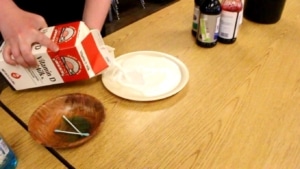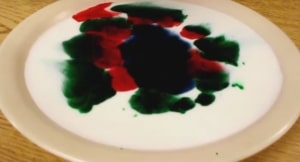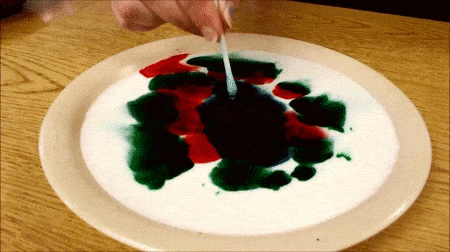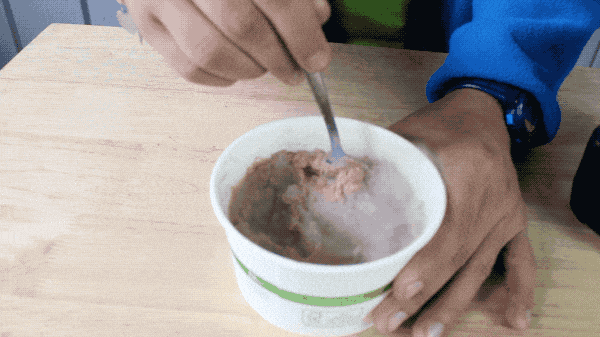
What a great holiday! Teachers are incredibly important in a child’s life, and their influence doesn’t stop when the school year ends. Their experiences, ideas, and memories will stay with their students for years to come. In addition, most kids decide whether or not they are interested in science or math at a very young age. As these STEM fields become more important than ever, this becomes a real issue.
At AstroCamp, we are science enthusiasts. This probably comes from the fact that we get to see awesome science demonstrations and experiment with amazing materials every day. However, we understand that this isn’t the background of every teacher. Trying to teach something that you aren’t familiar with can be a very tall task. As such, we wanted to give back with an easy but incredibly cool DIY science project!
One of the reasons this is a great demonstration is that the materials are easy to procure. All you need is a plate, dish soap, food coloring, whole milk, and a cotton swab.
To perform the demonstration, simply pour some milk into the plate. Add food coloring drops on top. It doesn’t really matter where you put the food coloring so feel free to get creative!
Once you are satisfied with your food coloring artistry, add a bit of soap to the cotton swab. Simply dip it into the milk. Enjoy!
Wow! One of the other great things about this demonstration is that it can be used to teach more than one thing! For younger kids, you can add certain colors and use it as an experiment where the goal is to learn about how colors mix together.
For more advanced or older students, it can be used to illustrate quite a bit. It all starts with something called “surface tension”. Water molecules (H2O) are highly polar, meaning one side is positively charged, while the other is more negative. These opposite charges attract. The oxygen parts of one molecule will be attracted to the hydrogen portions of nearby water molecules creating a tightly attracted tangled mess.
Inside the water, this pull occurs in all directions. At the surface, the water is pulled down, as it is not attracted to the air in the same way. This attraction causes the surface to hold together. With small amounts of water, this is what causes droplets to form. However, if some other molecules get in the way of this attraction, the surface tension will change.
Milk is mostly water with some dissolved fat molecules and other stuff in it. Soap molecules have two parts: A polar head that interacts nicely with water, and a hydrocarbon tail that doesn’t get along with water at all! When the soap is introduced, it quickly begins to surround the fat molecules in the milk. This disrupts the surface tension in the center of the plate, leading to the rest of the surface being pulled away by the remaining surface tension further from the soap.
It all happens very quickly, but can be re-initiated by adding another bit of soap! After enough soap is added, all of the fat will be surrounded by soap, and the surface tension will be irreparably changed. At this point, adding soap won’t do anything further.
At this point, this fun activity is a great teaching tool and demonstration. To make the activity more inquisitive and experimental, feel free to try doing it with other liquids (water, half-and-half, different kinds of milk, juice, coffee etc.) or other kinds of soap and see how the results change!






